The Queen Elizabeth University Hospital’s helipad in Glasgow has seen 692 landings over the past three years, made possible in part, by charity HELP (Helicopter Emergency Landing Pads).
That’s an average of 230 landings every year from the Scottish Air Ambulance and Coastguard services. The average number of landings every week has also risen from three to four in comparison to when the helipad was two years old.
The Queen Elizabeth University Hospital is a 1,677 bed acute hospital located in Govan in the south-west of Glasgow. The hospital comprises a newly built 1,109 bed adult hospital, a 256 bed children’s hospital and two major A&E departments, one for adults and one for children in addition to buildings retained from the former hospital. It is the largest hospital campus in Europe. It is also the largest single site employer in Scotland, the second being Faslane naval base.
“Between April 2017 and April 2018, 265 patients were flown to the hospital, the majority of whom were adults and required resuscitation.”
There were also 39 children flown to the hospital for a range of conditions including major trauma which required intensive care treatment.
The rooftop helipad became operational in 2015 and enables patients across Scotland with critical illnesses or injuries to be flown directly to the hospital to receive immediate lifesaving treatment.

Robert Bertram, Chief Executive of the HELP Appeal, said: “Everyone is aware of the vital roles that hospitals and air ambulances play in treating a critically ill patient, but having a helipad beside the emergency department can play a significant part too as it saves time when transporting a patient to the expert care they need to save their lives. This is why we felt compelled to get involved and help the hospital as we knew the difference having it onsite would make.
“The support of the air ambulances and the excellent emergency care team at Queen Elizabeth University Hospital – this incredible team of helicopters, helipad and hospital doctors – has made a huge difference to people in Scotland, who may urgently need a blood transfusion, CT scan or any other life-saving treatment after suffering a critical illness or injury.”


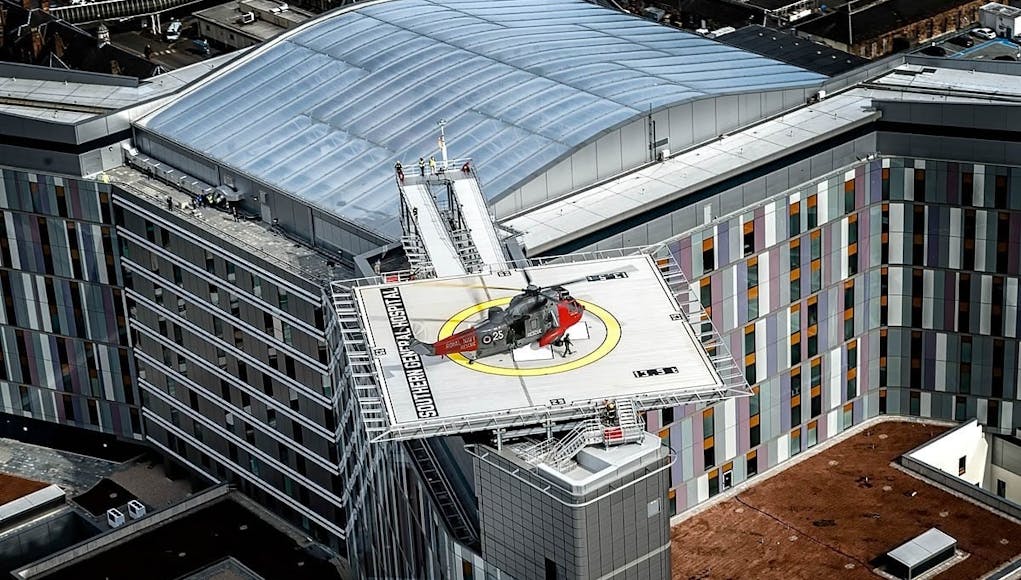
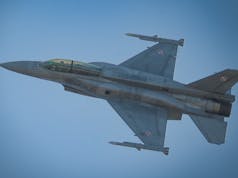
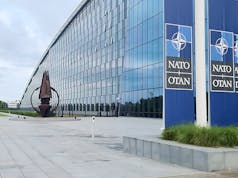
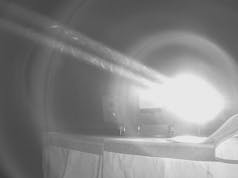
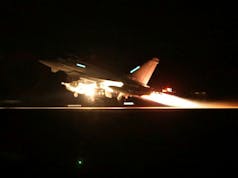

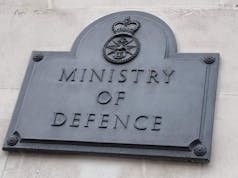



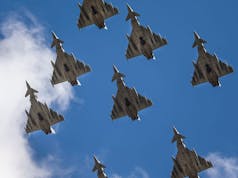

When I had a far more exciting job (young people like exciting, then we get old and wise) than I do now, our helicopter pad got closed because one of the neighbours plastic garden chairs got blown over during a landing and they complained. From then on every time we got a casualty from an air ambulance the hospital porters had to run out and clear the local park of kids and families! we had to run the trolley through the hospital out the back and into the park, then trundle the whole trolley ( heavy bit of kit, with a large oxygen cylinder and very small wheels) across said bumpy park grass, load up the casualty from the helo and run all the way back through the park (on the little bumpy c-spine killing wheels) and through the whole hospital before getting to resuscitation. We were all nackered before we even started the trama call/Resus.
They even explained the issue and risk to life to the person who’s cheap plastic chair was blown over ( only the one time) but they would not have it, took the complaint forward and got a trauma centres helicopter pad permanantly shut down. Ultimate NIMBY story……..
The Hospital I work at has a very busy Helipad too,until a couple of years ago it could only be used during daytime hours but now its available 24/7.We have seen everthing from Merlin HM2 to Chinook come and go in the time ive been there.
Have to say I’m seriously surprised there is such a thing as a helipad charity. Its like having a charity devoted to building roundabouts or docks.